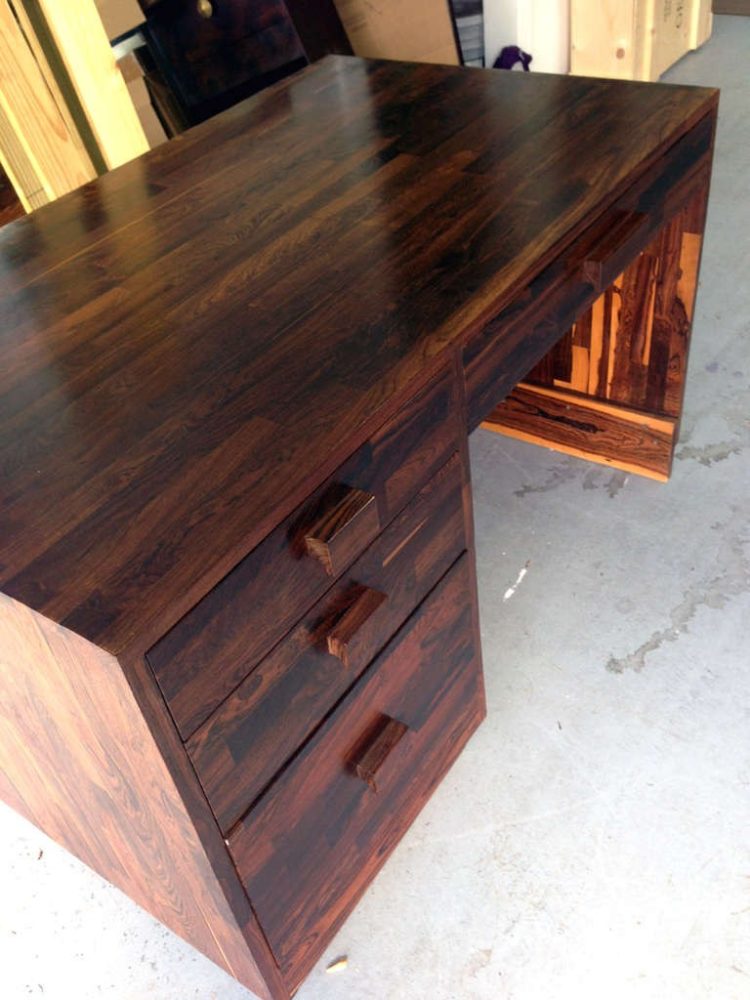Cocobolo Desk Design & Ideas:
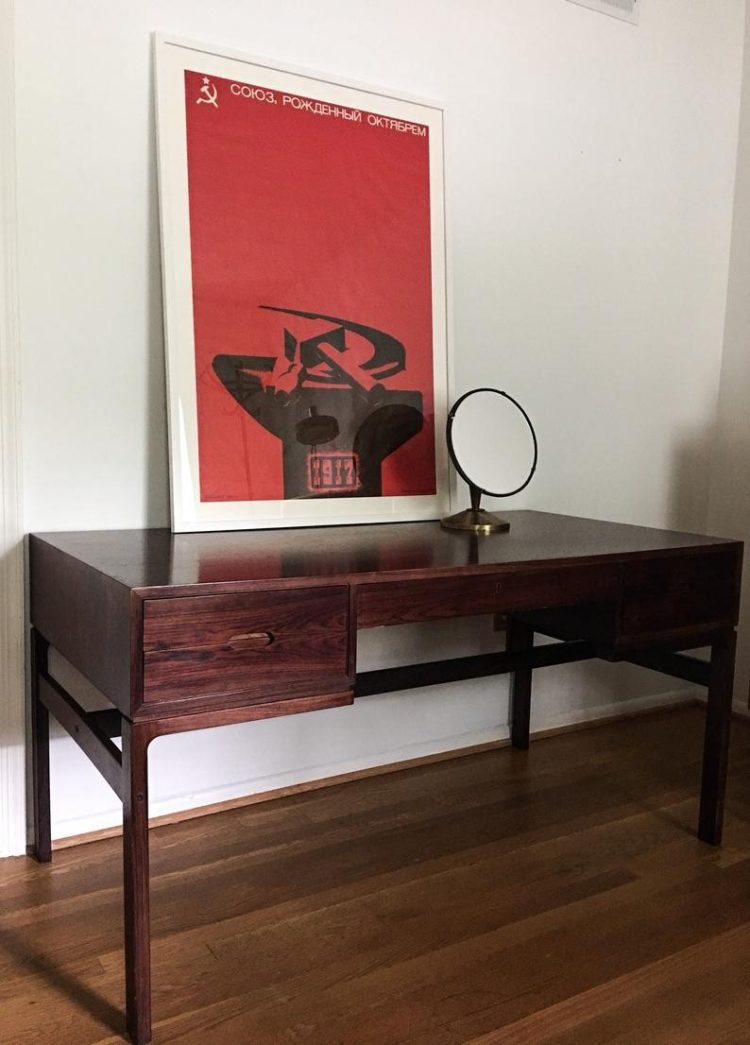
mosartfurniture.com
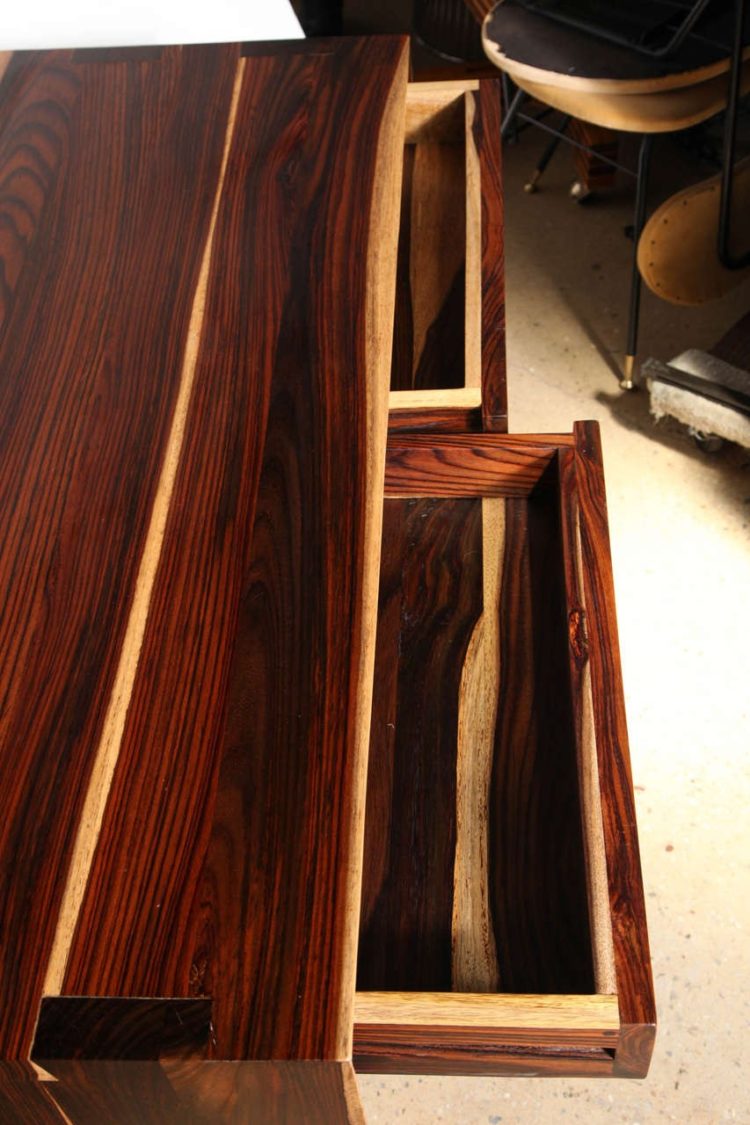
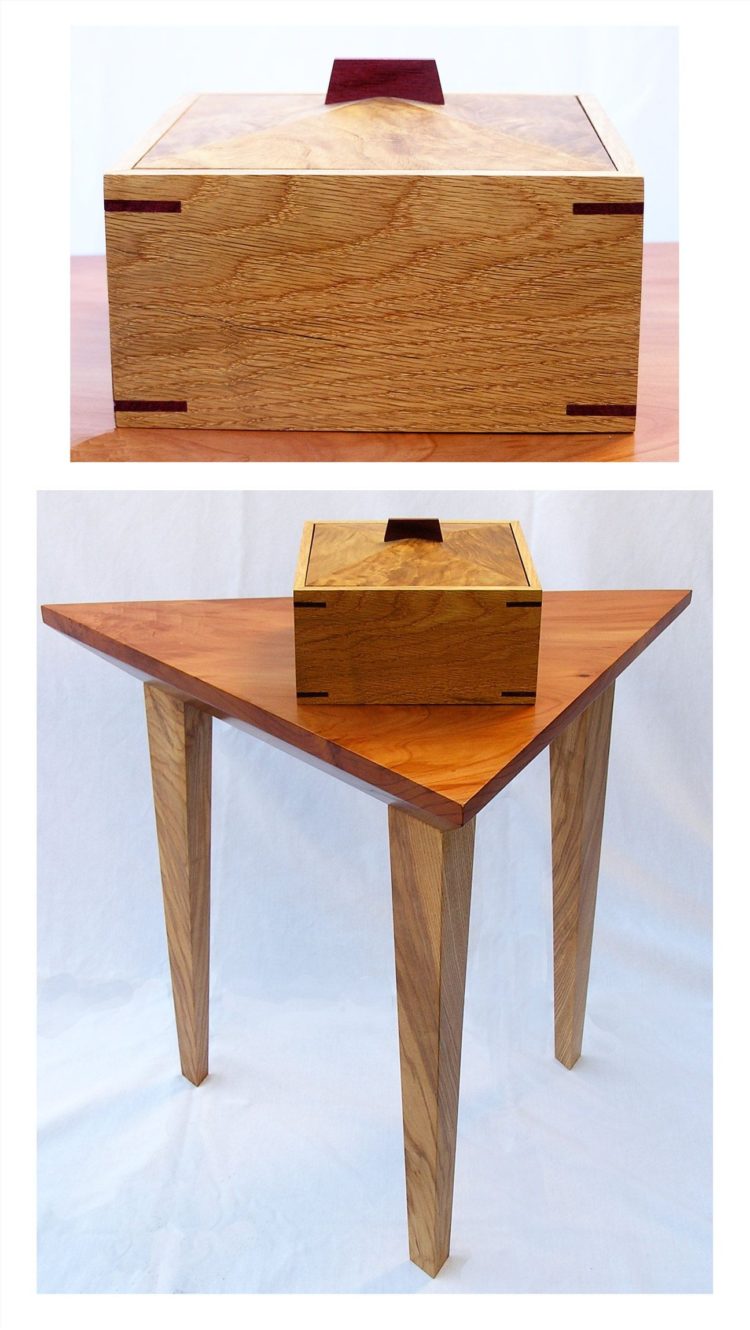
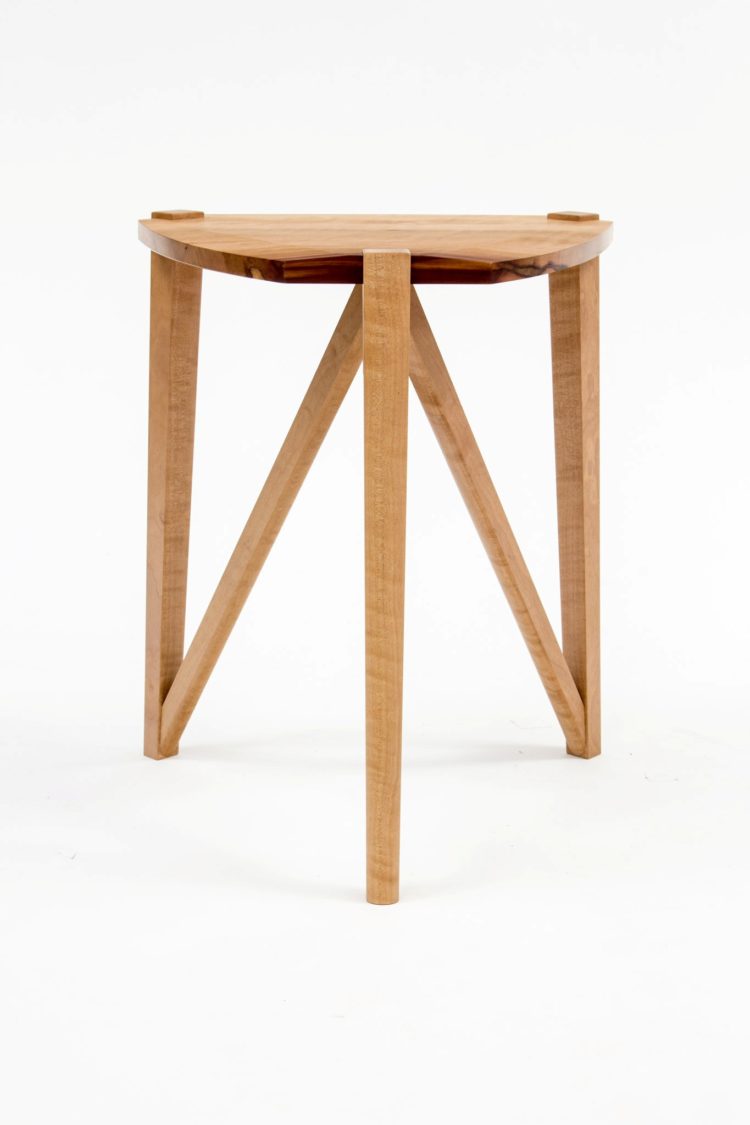
home.framehaven.net

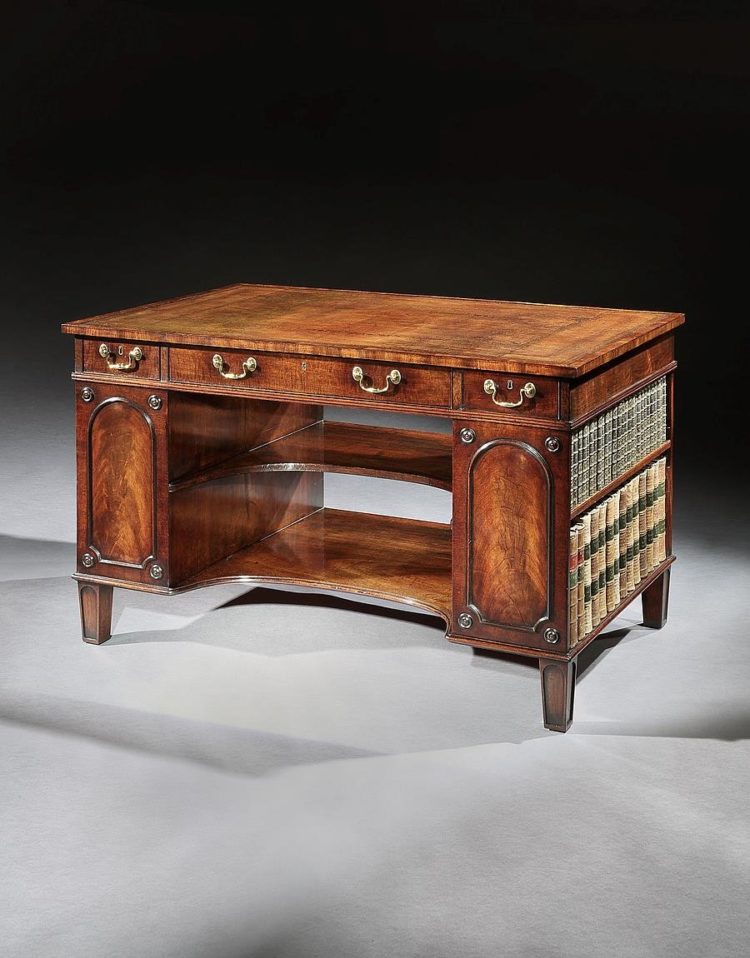
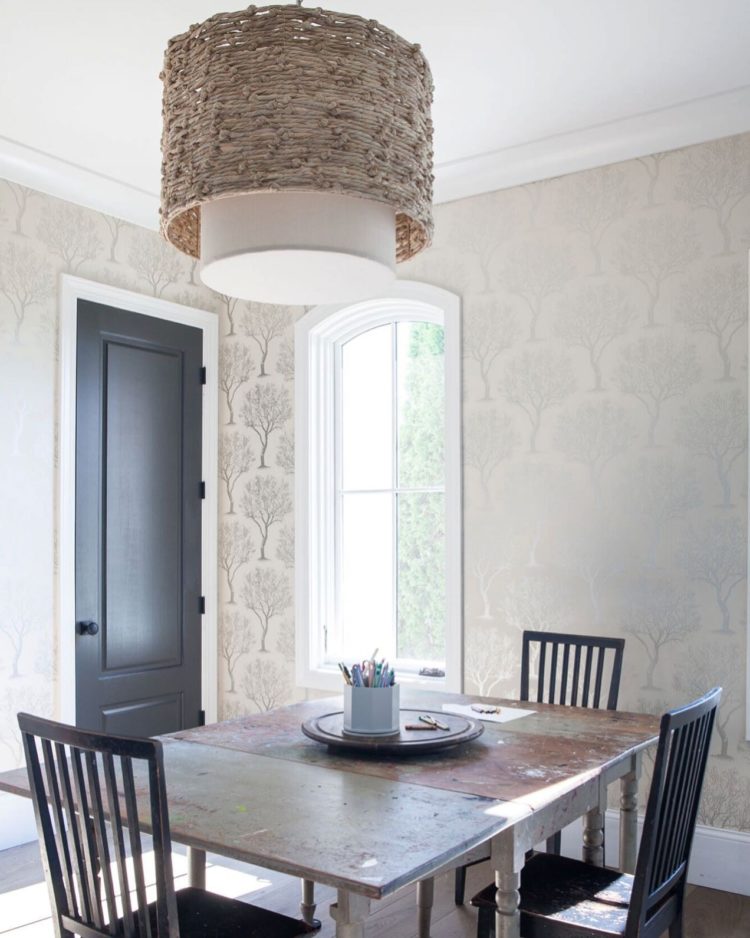



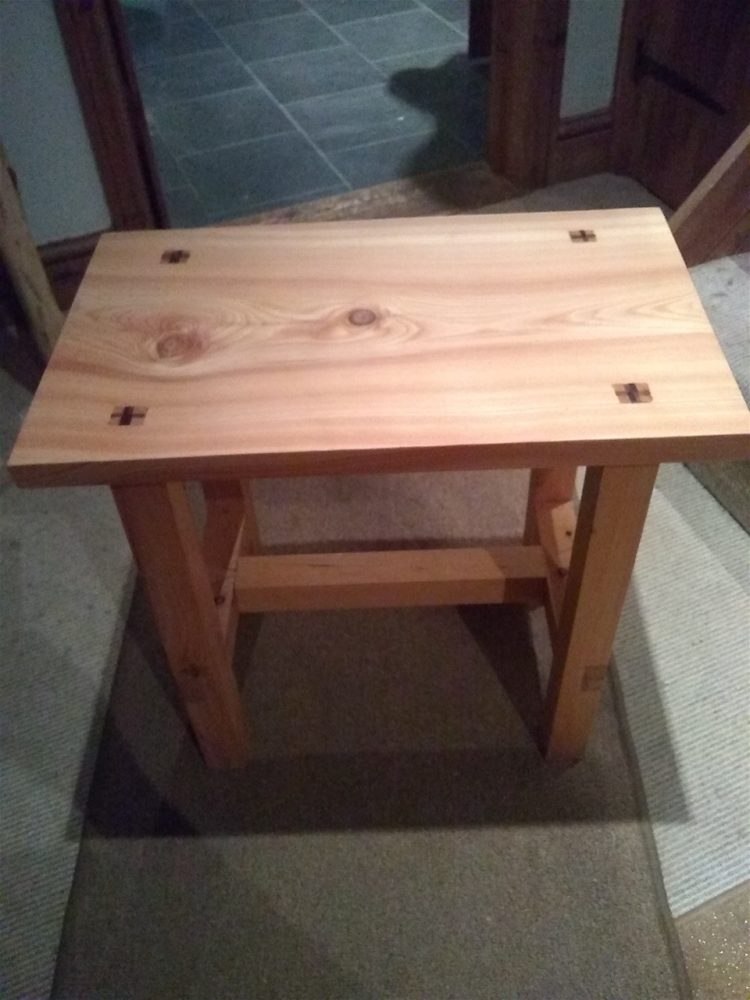
mosartfurniture.com
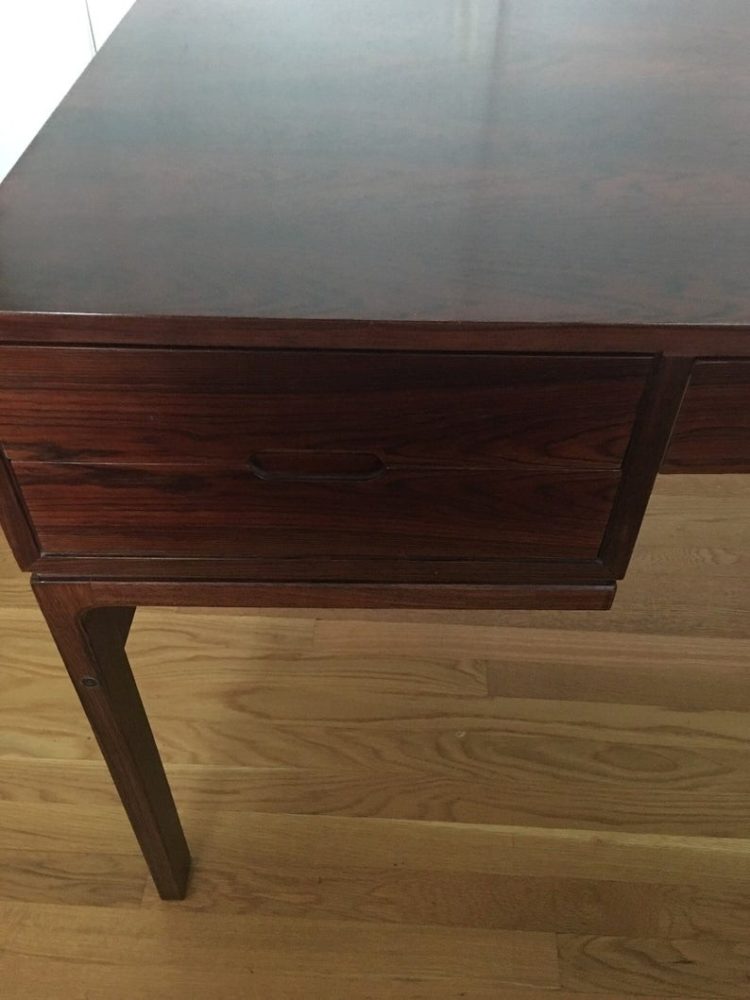
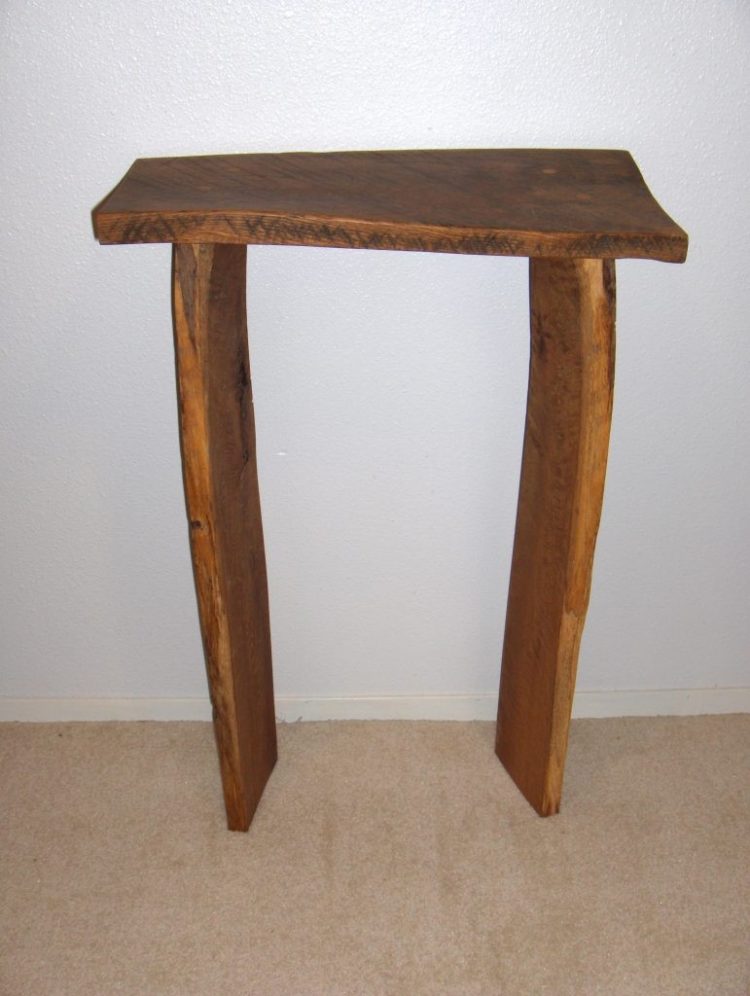
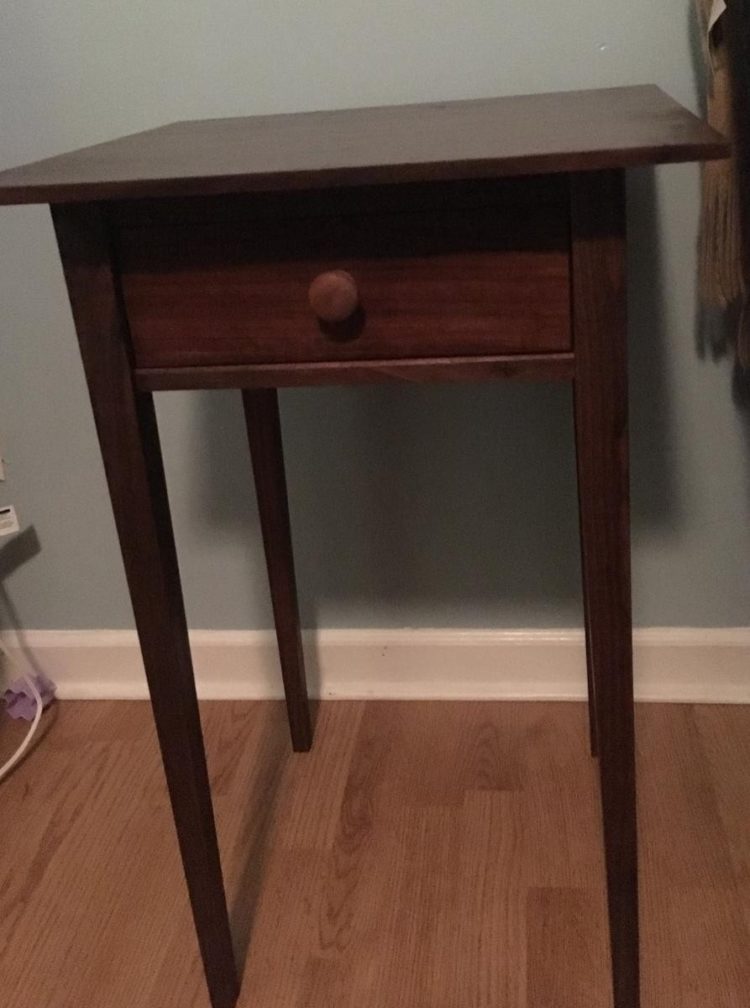
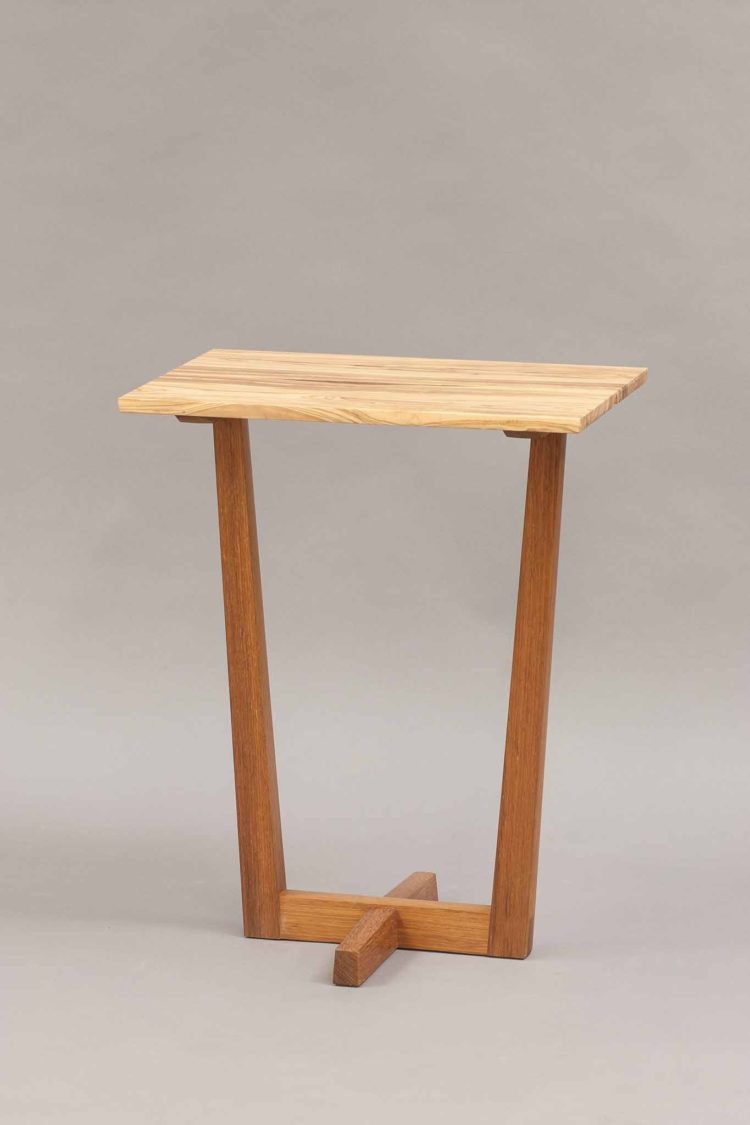

home.framehaven.net
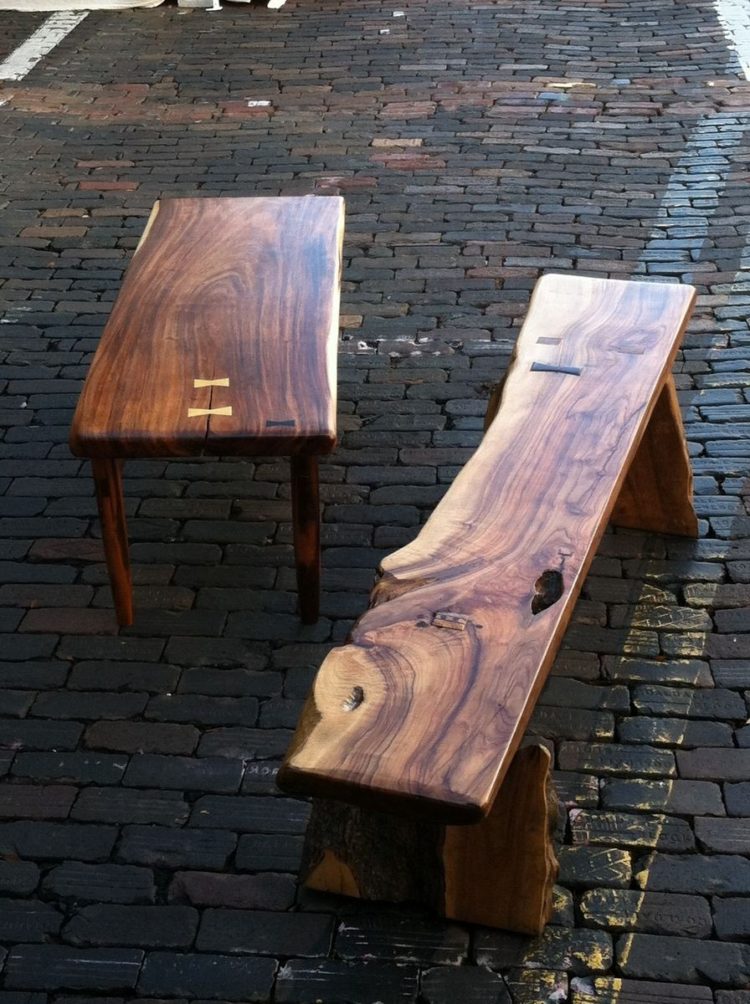
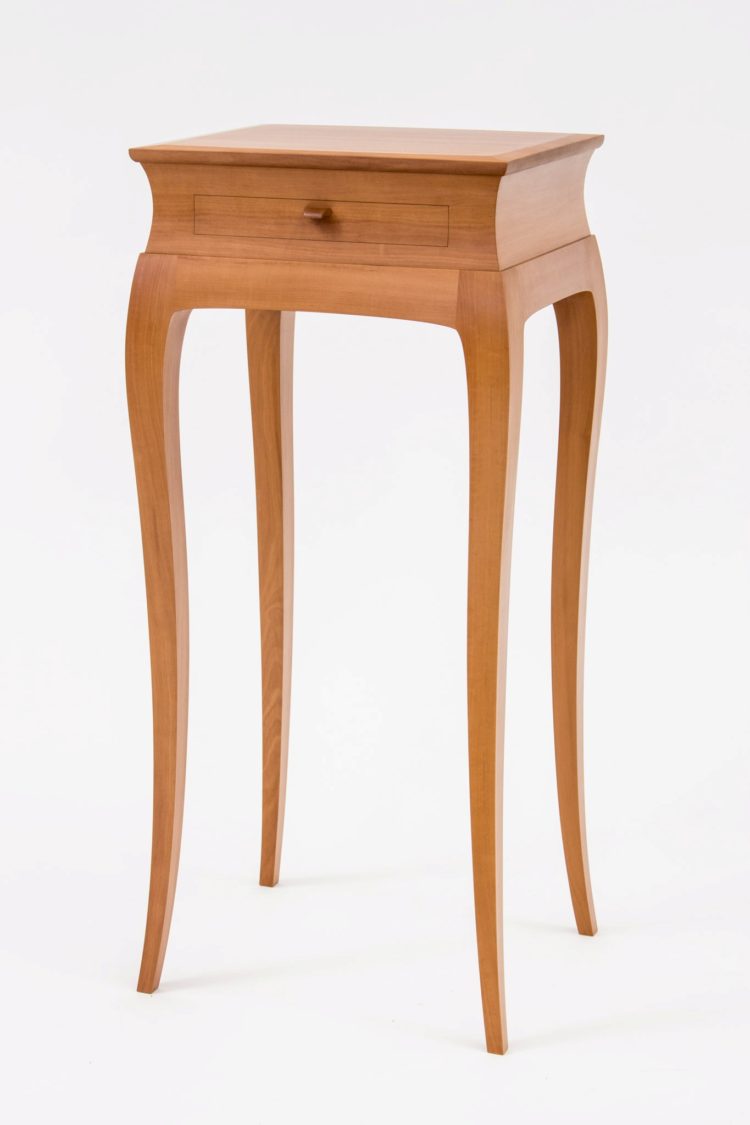
mosartfurniture.com
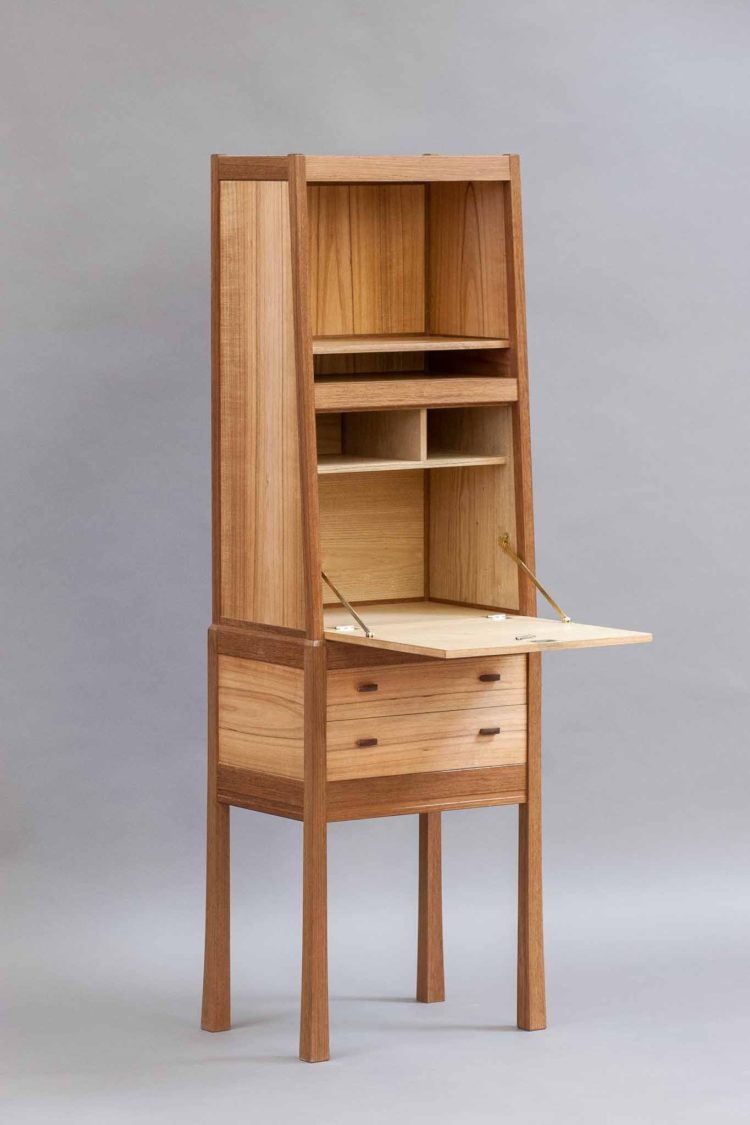
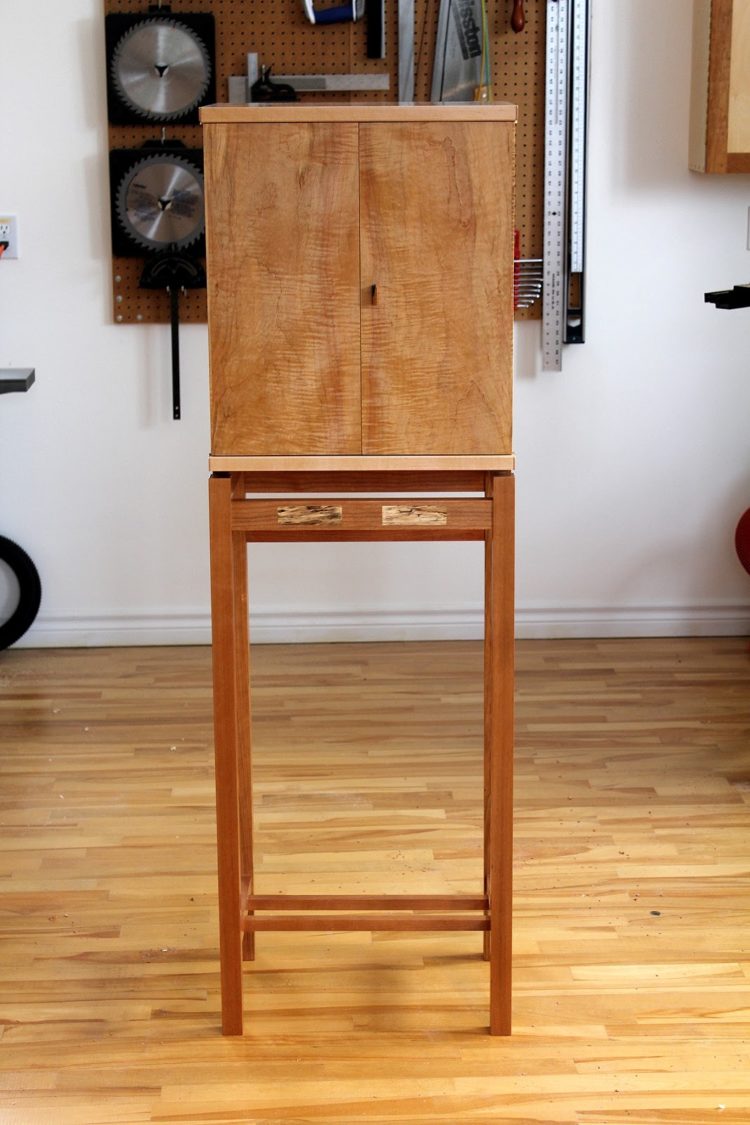
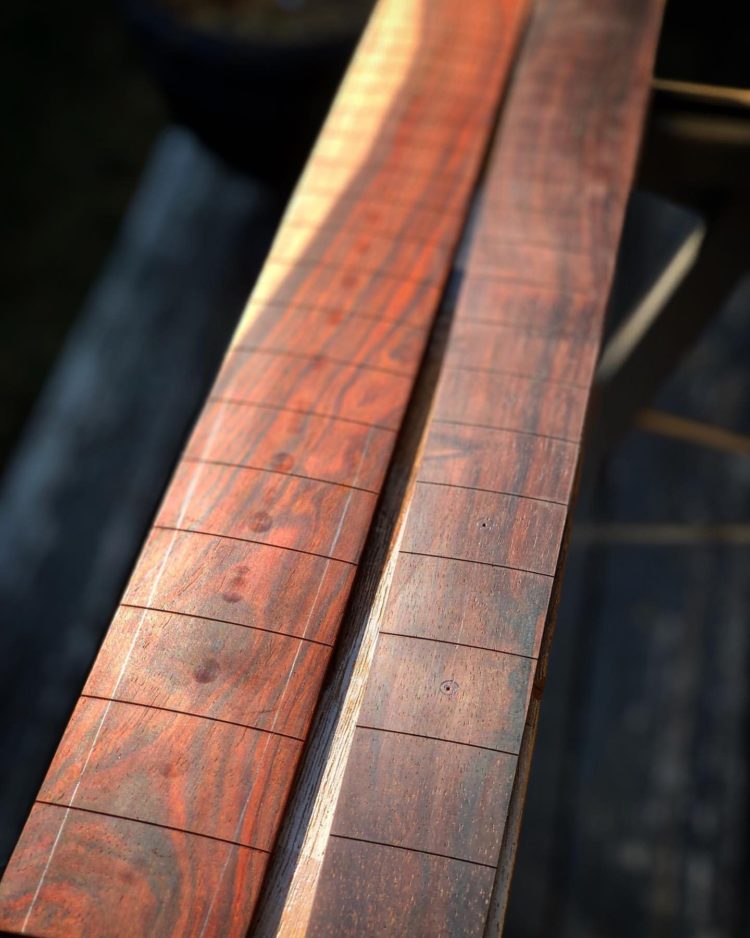
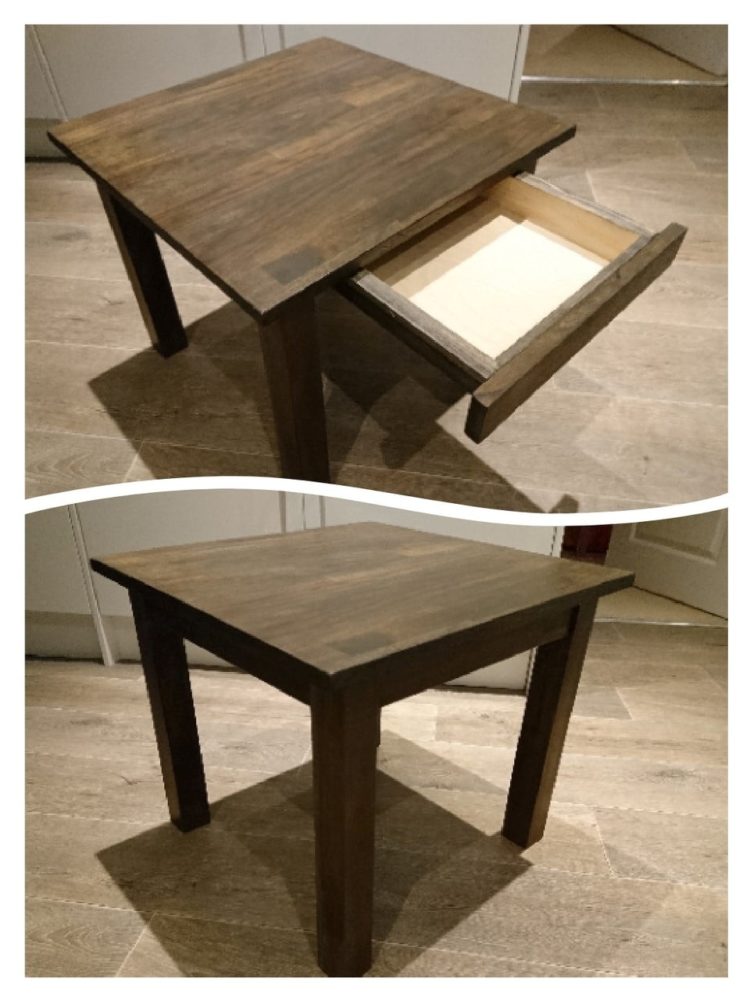
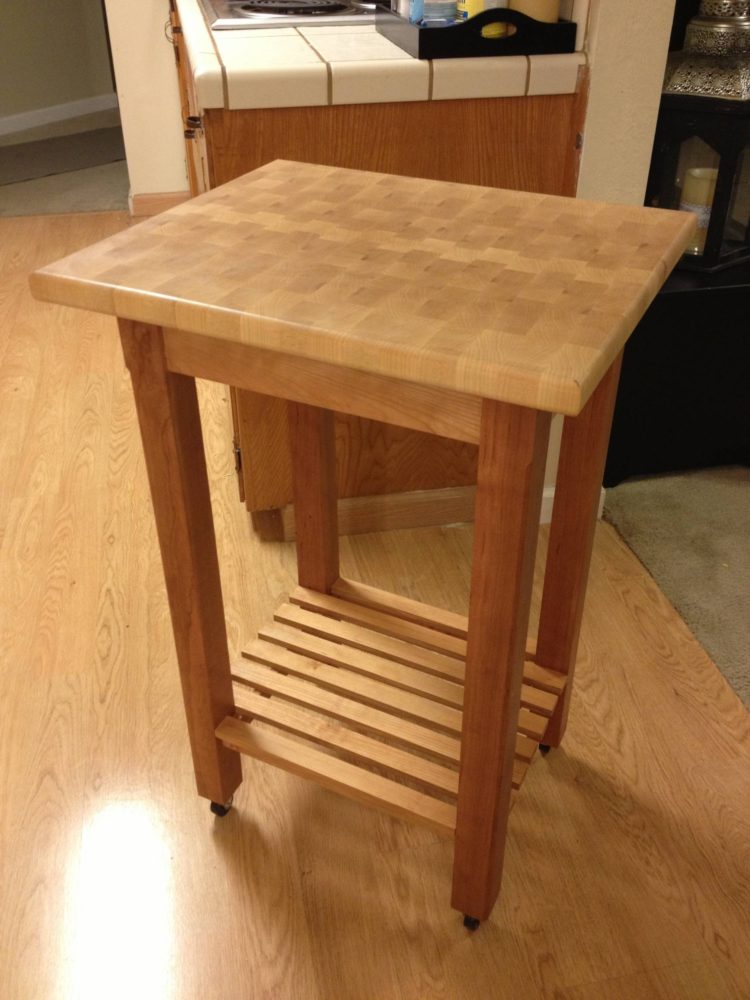
home.framehaven.net

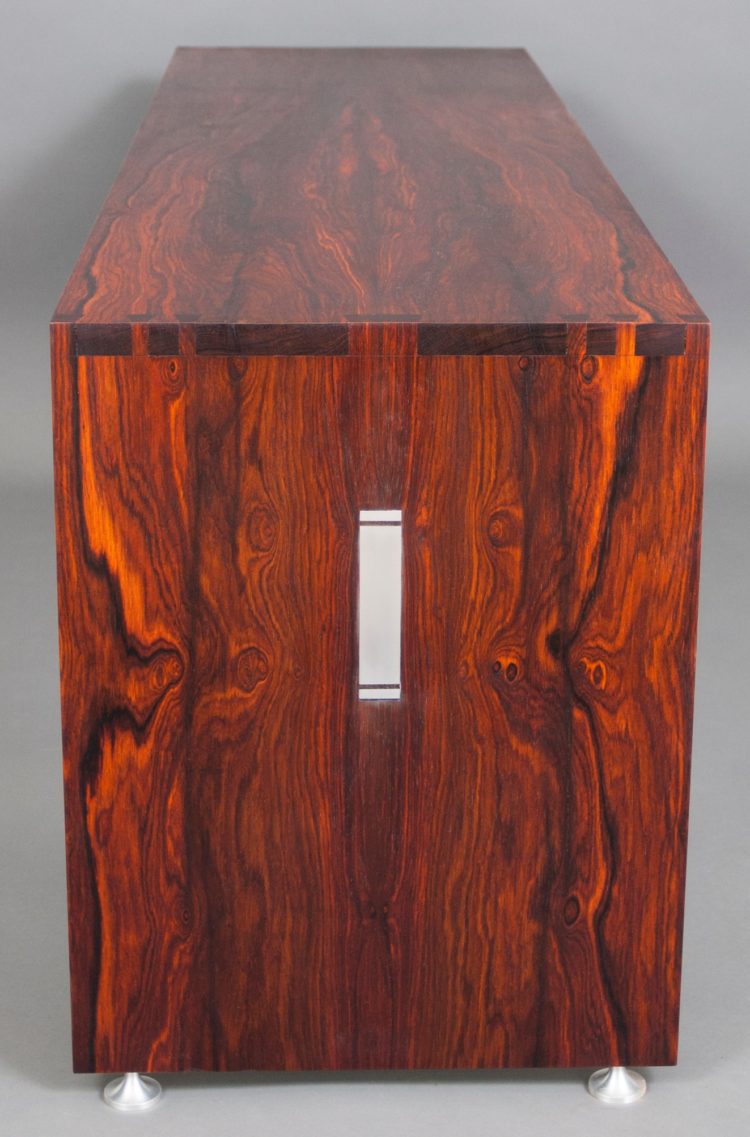
thekrenovschool.org
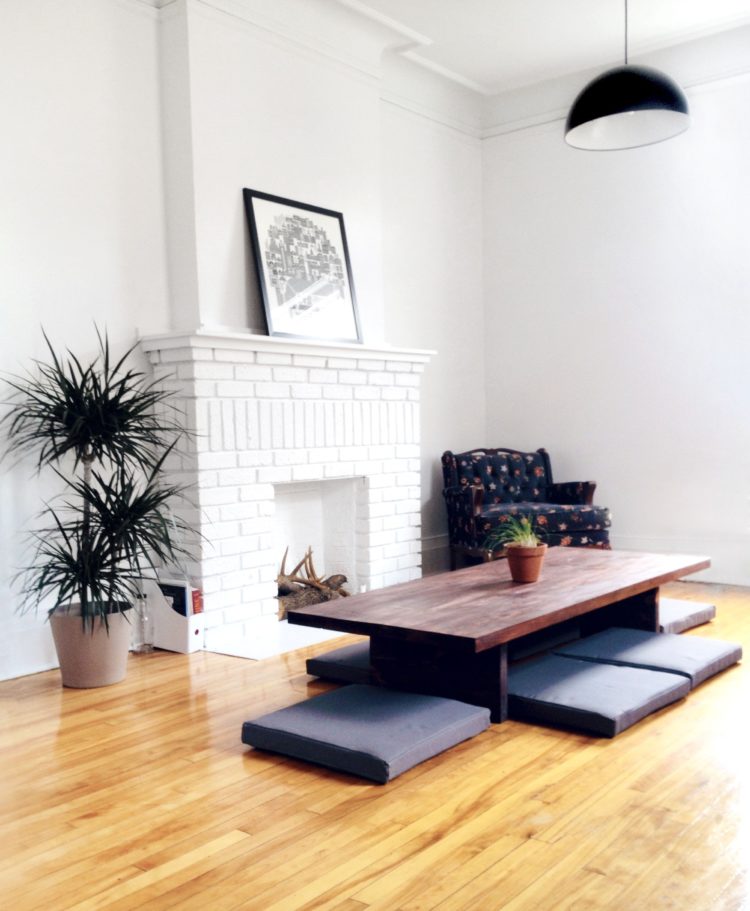

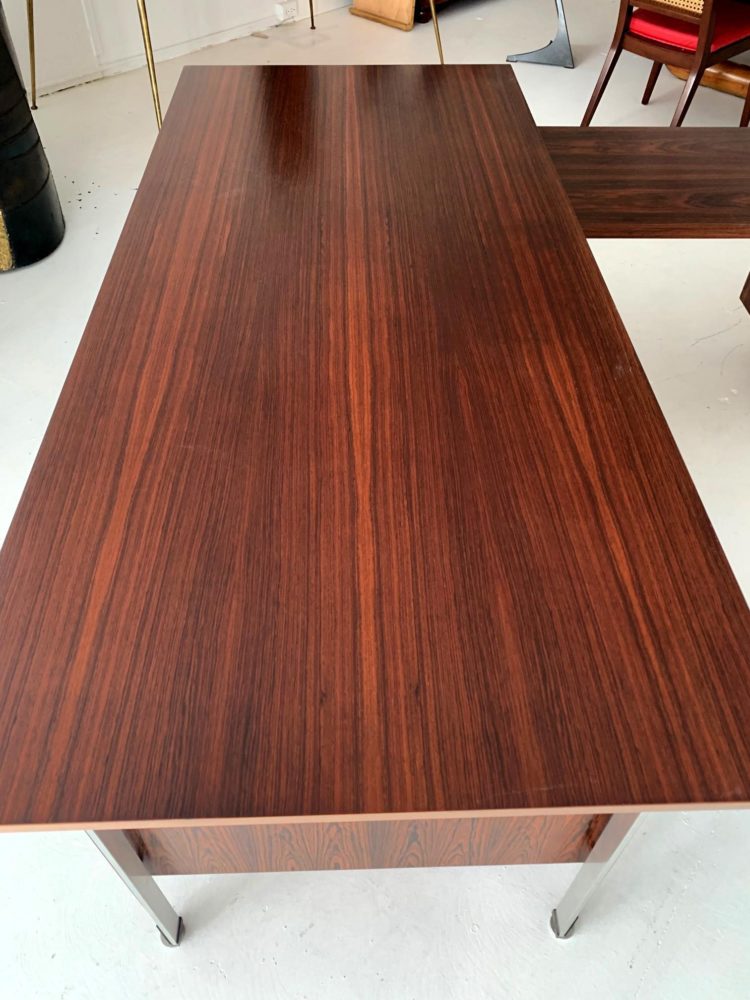
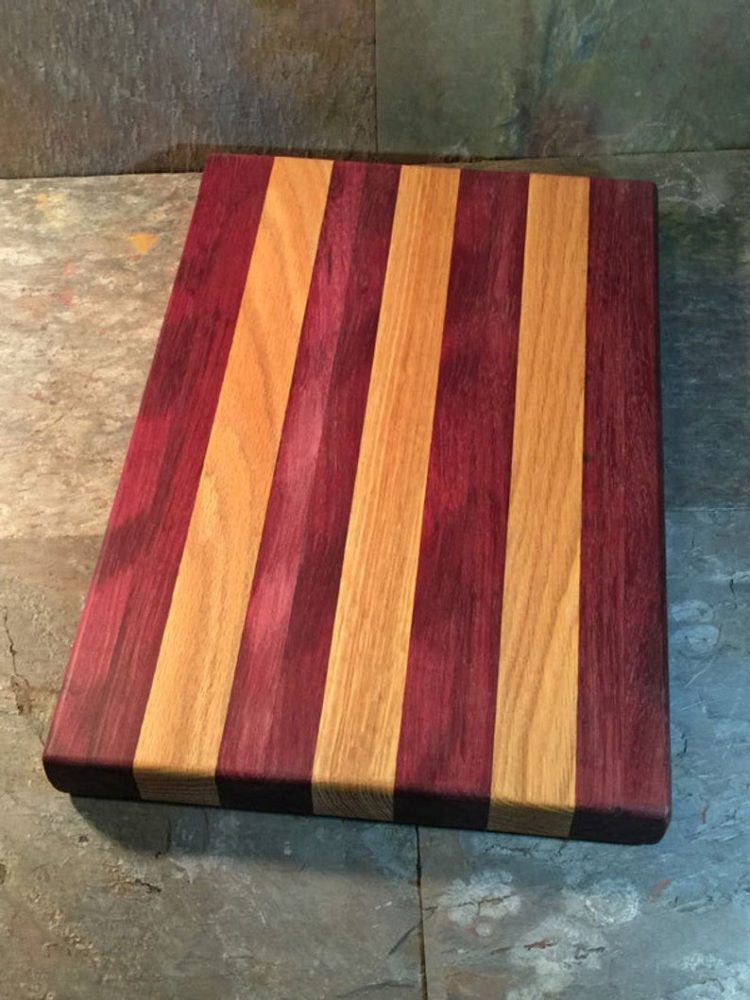

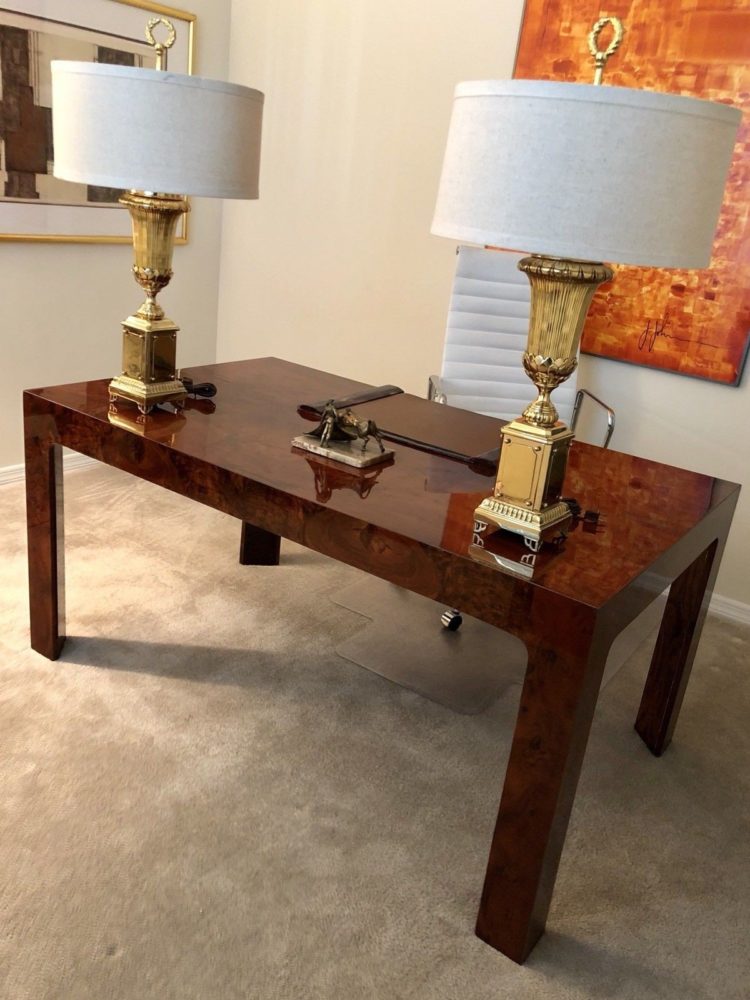
thekrenovschool.org
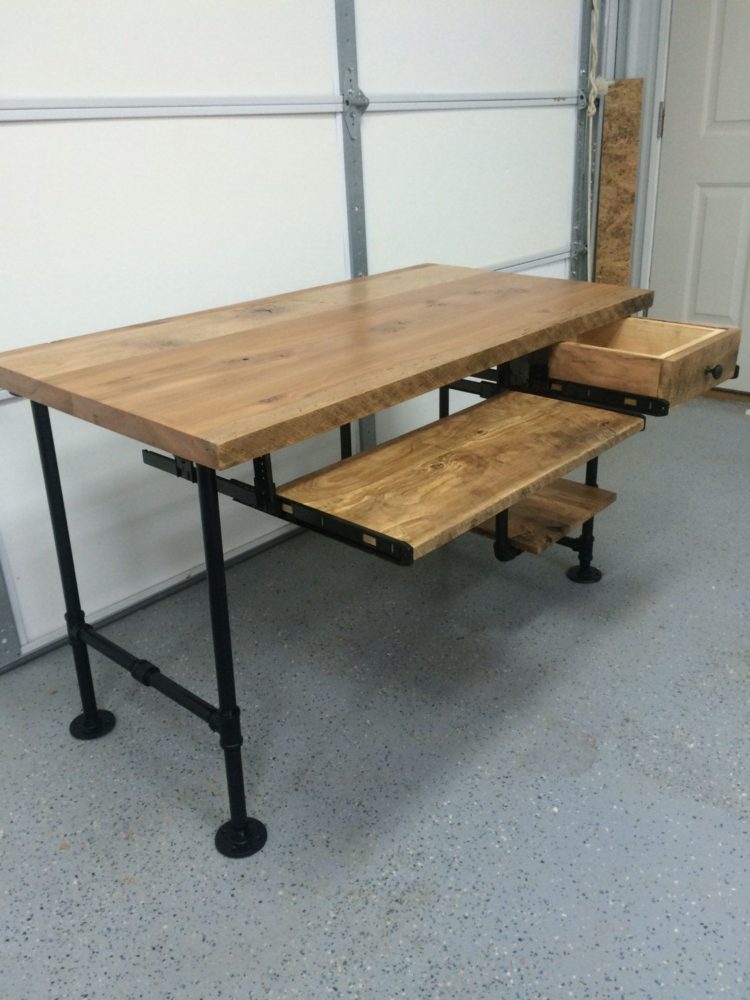
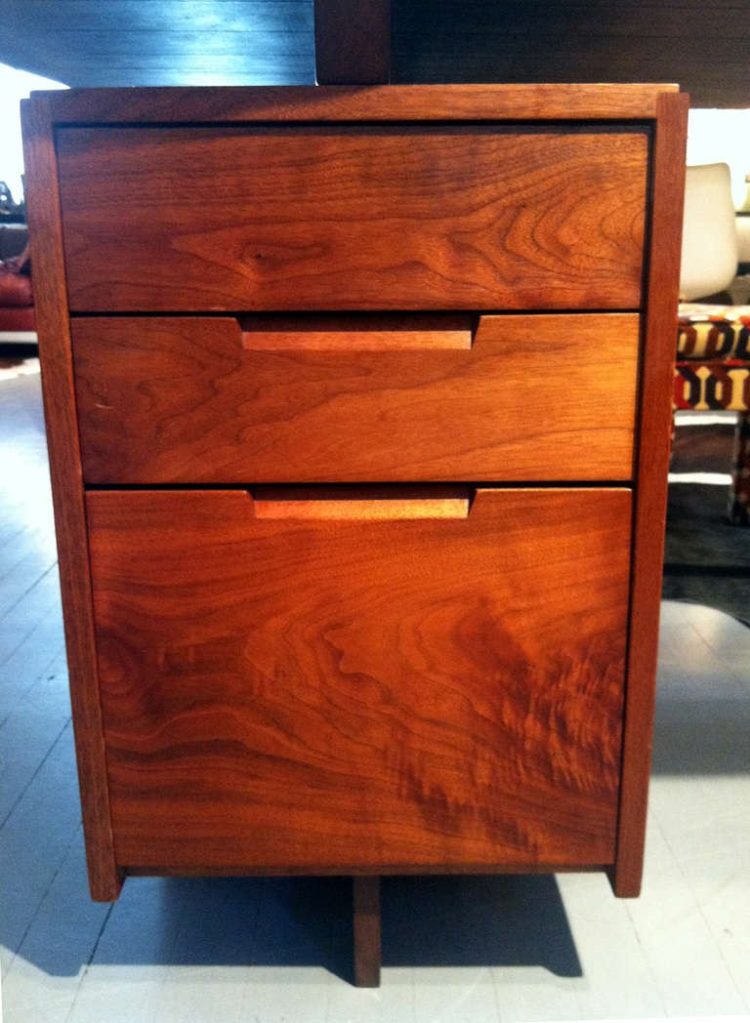

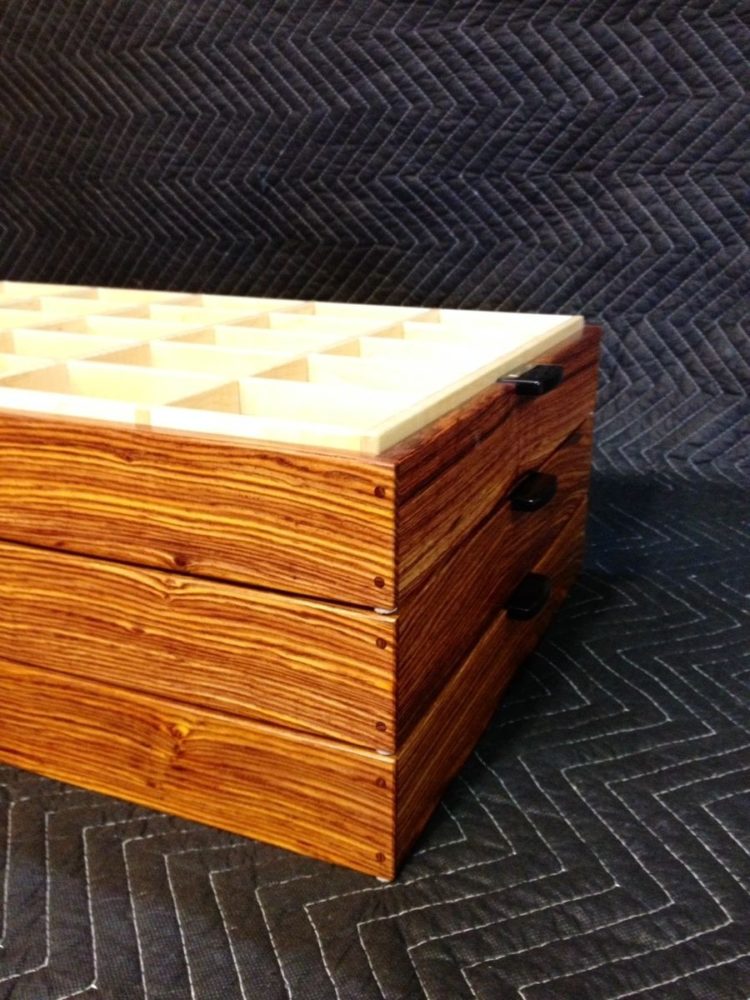
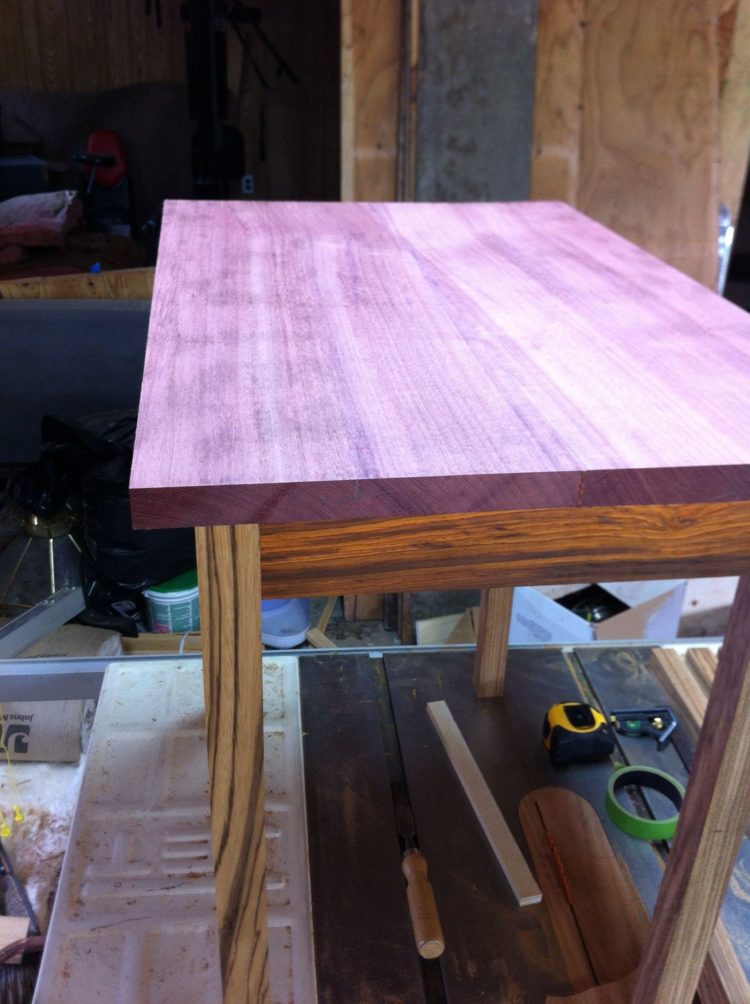
thekrenovschool.org
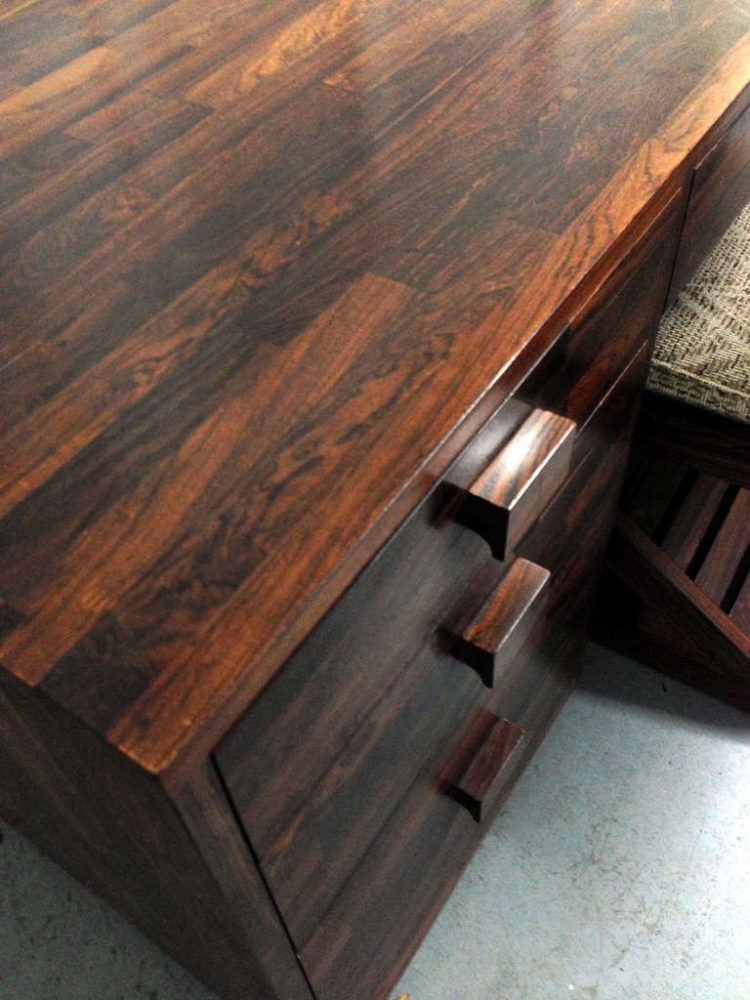
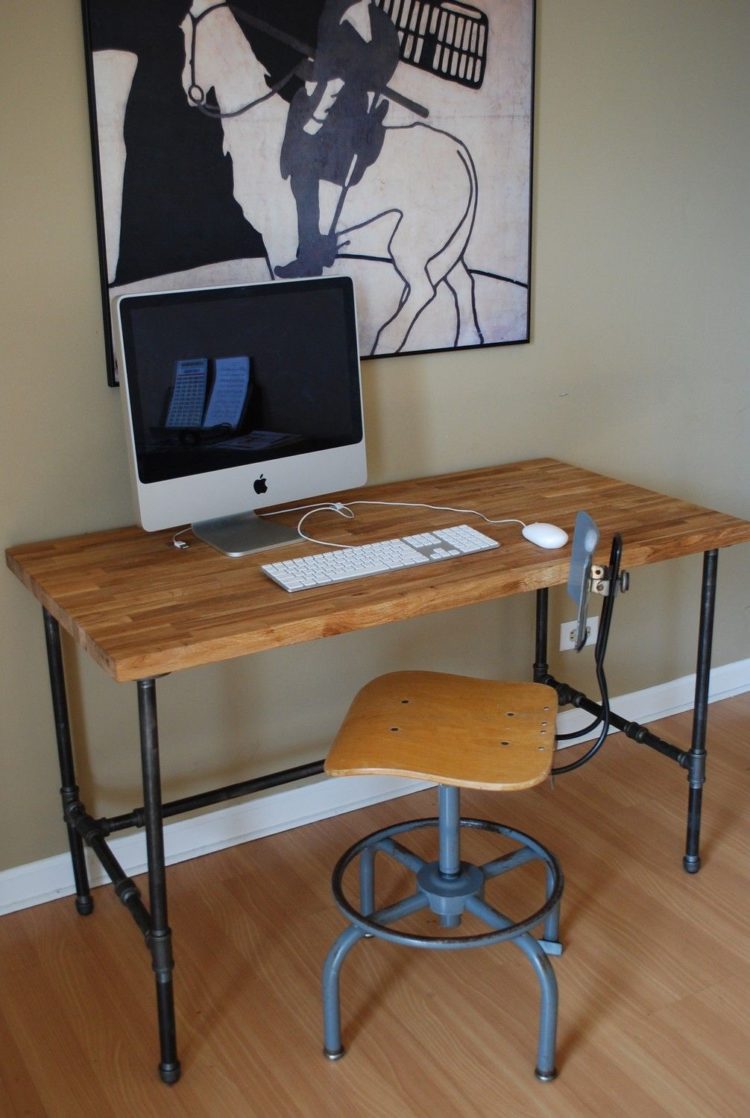
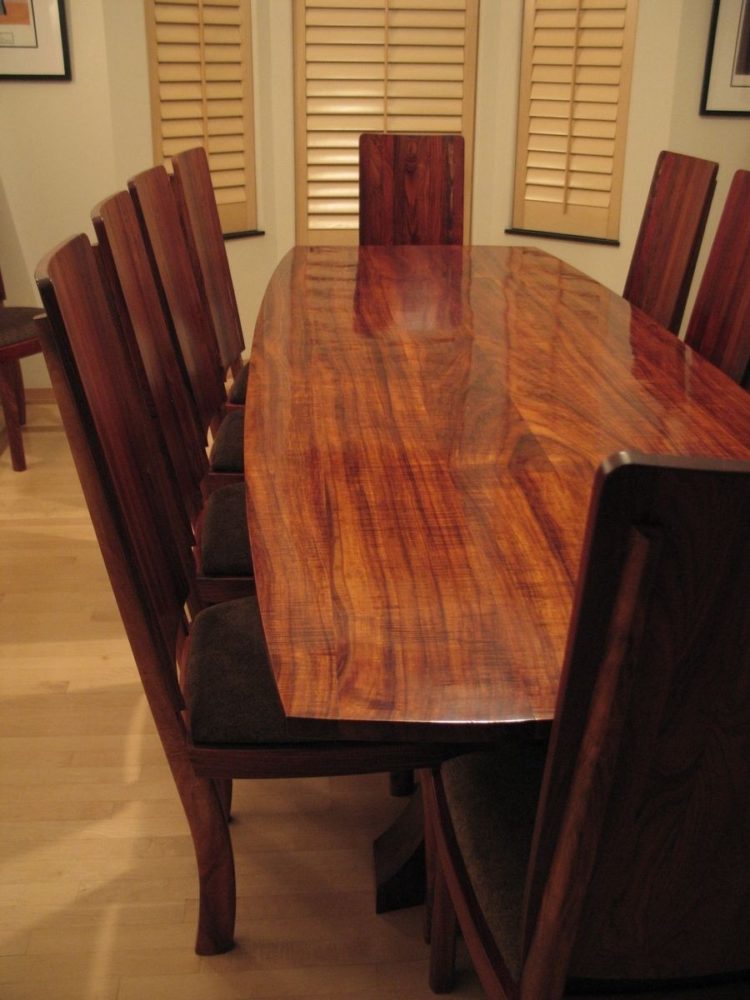
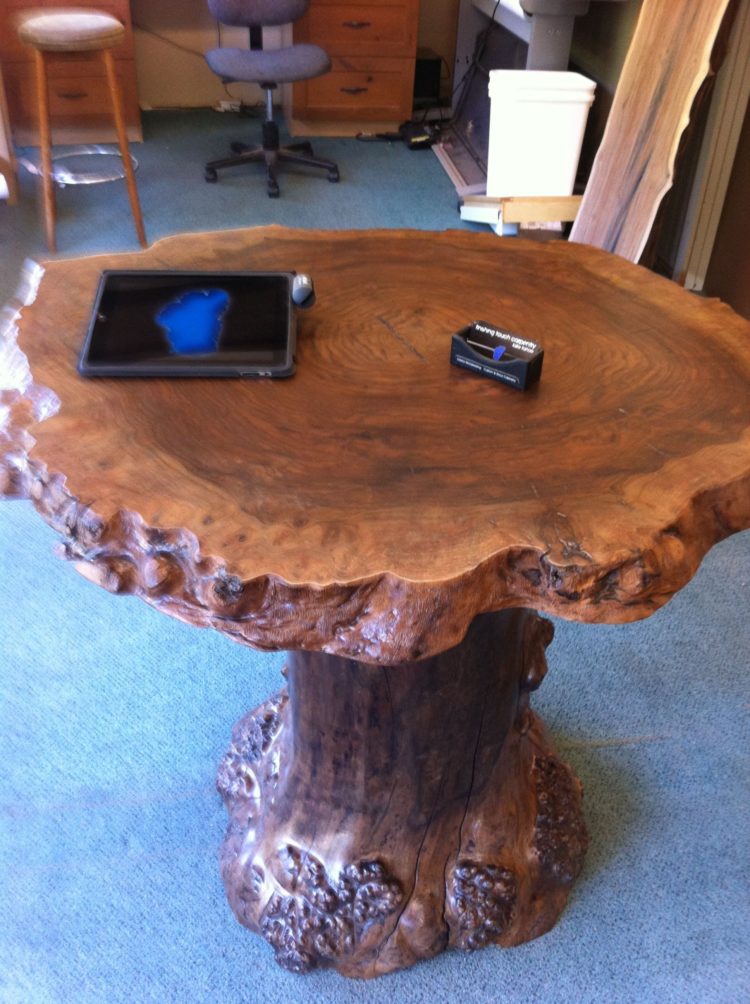
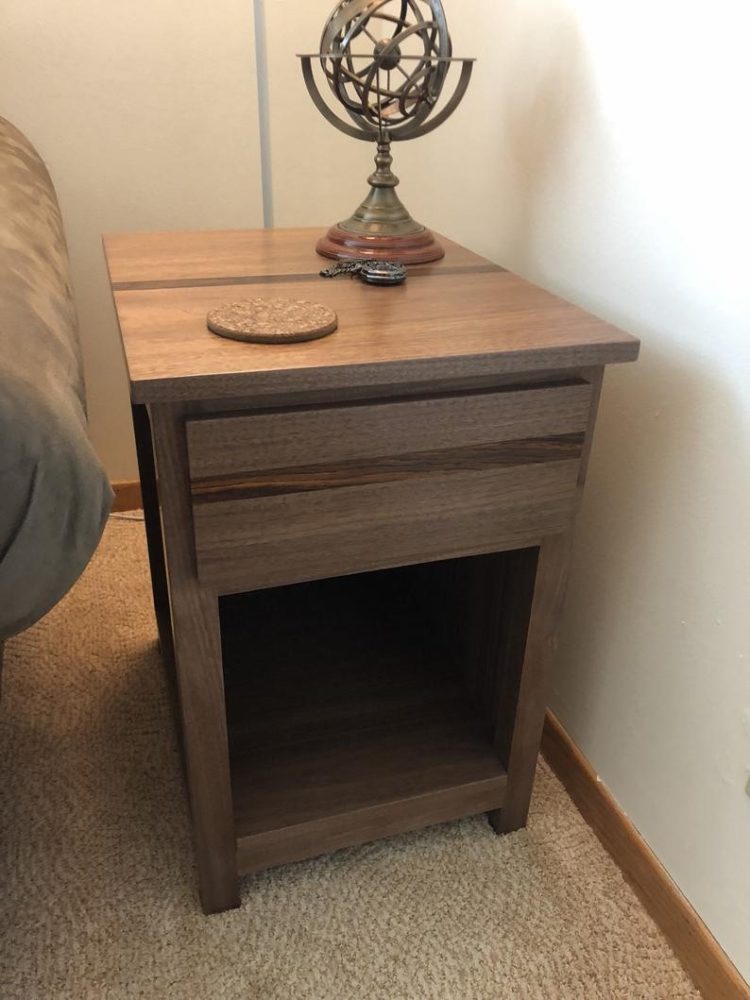
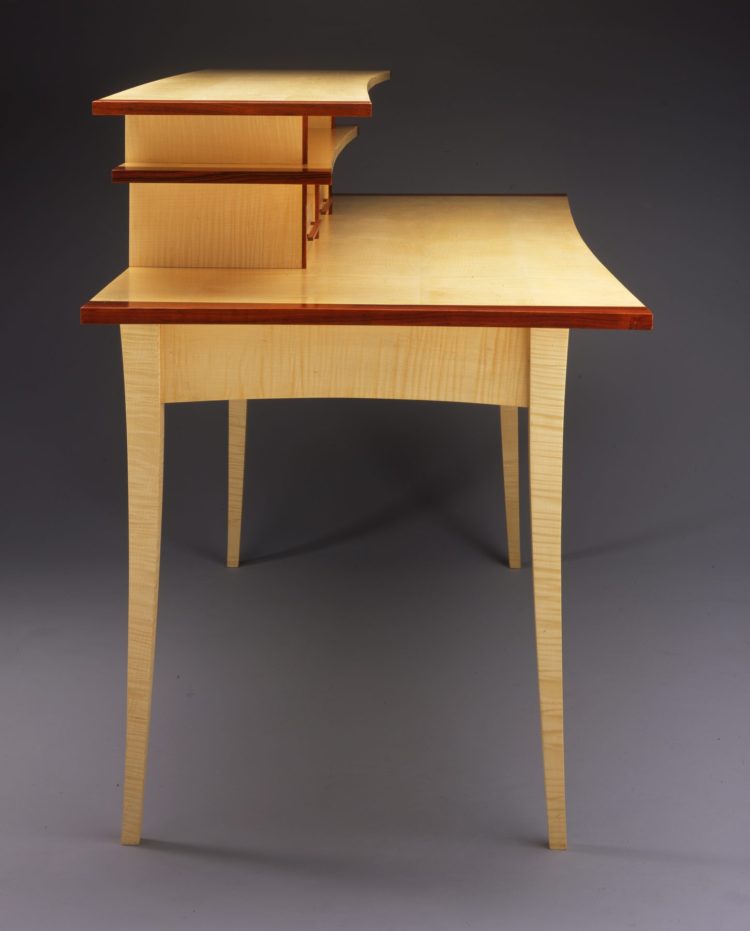
thekrenovschool.org
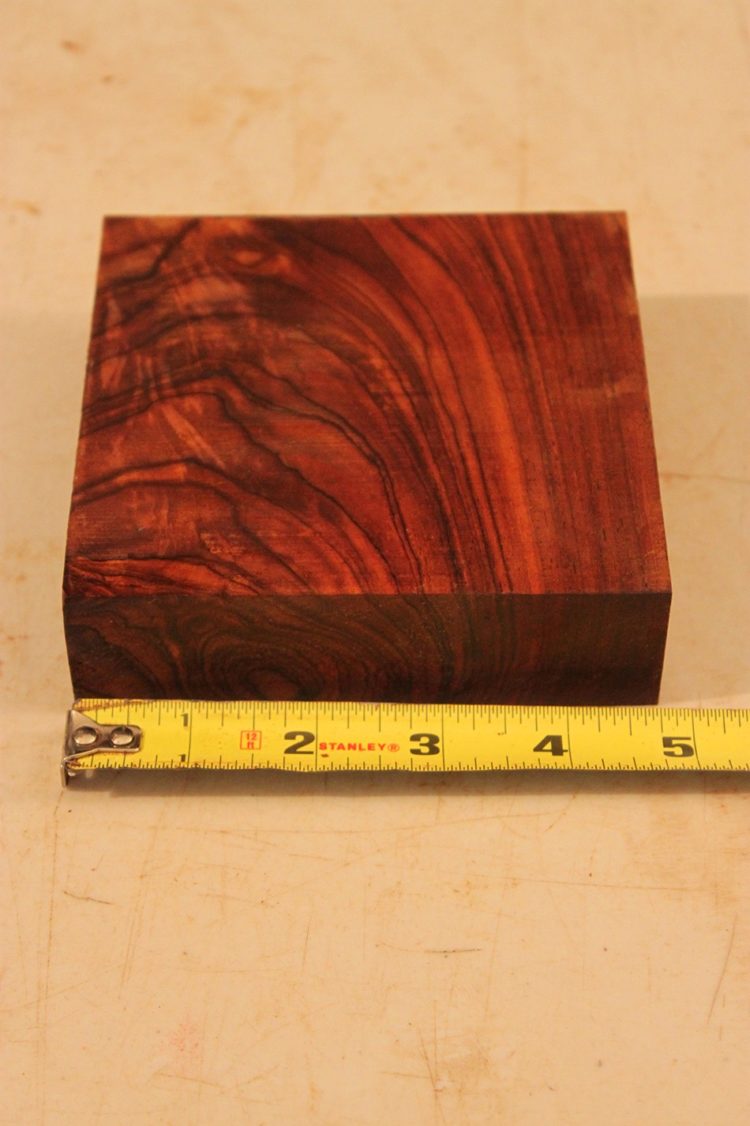
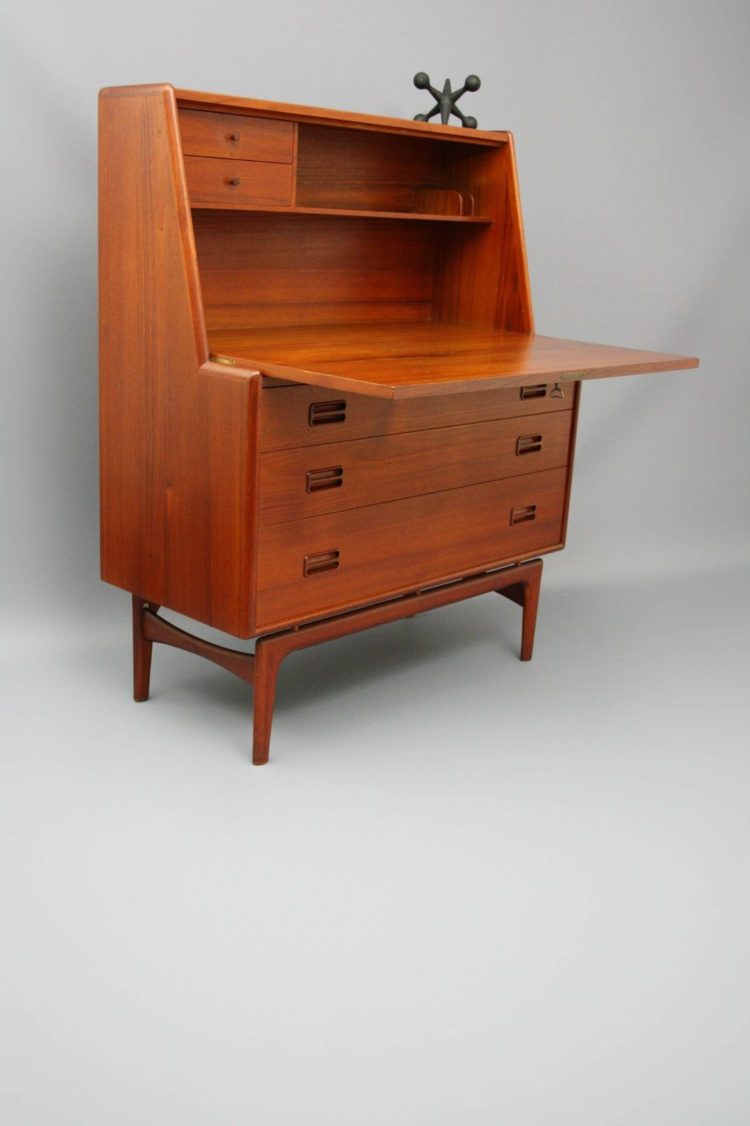

A bespoken and also uncommon desk by popular Mexican designer and also woodworker Don Shoemaker, design no F46. Developed in 1970s as well as performed in 1981, the workdesk is created with patchwork of unique Cocobolo timber, a tropical hardwood from central America known for its expressive grains and appealing colors.
En match there is additionally a matching zig-zag chair model F52.
Both desk and also chair preserves producer’s label. A copy of invoice comes with the item.
In the days when vendor ships battled the ravages of South America’s treacherous Cape Horn, heavy cocobolo regulated priceless little cargo room. Yet, the opening of the Panama Canal in 1912 altered all that. Cocobolo came to be usual deck cargo, as well as heaps poured right into New England ports, where suppliers turned it into deals with on the finest flatware.
Even though sellers had actually traded cocobolo for greater than 100 years, it was years before botanists agreed on its name. That’s due to the fact that the tree-first uncovered in Panama-was classified as rosewood. Later on, botanists discovered various other specimens in Costa Rica, Nicaragua, Honduras, El Salvador, Guatemala, as well as Mexico, as well as classified each as a different varieties!
Such clinical difference implied little to manufacturers and artisans, nonetheless. They understood that the wood was hefty, yet machined quickly, can take abuse, and also its oil shielded it from dunkings in dishwater.
Cocobolo (Dahlbergia retusa) comes from the very same genus as Brazilian rosewood, as well as a matter of fact, has similar residential or commercial properties. Rosewood, nevertheless, likes South America’s rain forests. Cocobolo chooses the drier, upland savanna nation of Central America’s Pacific Coast.
A medium-sized– and on a regular basis poorly created– cocobolo tree reaches an elevation of only 75′-80′. Its reddish-brown, scaly trunk actions regarding 3′ in diameter. Amid the tree’s huge, tough fallen leaves, small yellow blooms blossom, and after that later on count on long, level seedpods.
At 65 pounds per cubic foot air dry, cocobolo evaluates two times as long as cherry. Not remarkably, it’s as well dense to float.
Cocobolo heartwood usually carries a sunrise of tones– red, yellow, pink, and black, periodically spotted with environment-friendly, purple, and blue. In some boards, a creamy white sapwood boundaries the vivid heartwood. With age, it darkens.
Cocobolo has a negative track record, however except its functioning top qualities. This timber is a popular sensitizer that can generate a poison-ivy type rash or various other response in allergic individuals. If you have an allergic reaction background, work cocobolo with complete protection: gloves, long sleeves, a dirt mask, and a protective skin lotion.
Dense as well as difficult, cocobolo requires power tools or sharp hand devices. With either, nonetheless, borders boring quickly. However, you can nearly effortlessly bring the wood to an attractive appeal by fining sand and brightening.
Although cocobolo grasps screws well, gluing positions a problem. As a result of oils and also silica in the timber, you should clean all signing up with surface areas with lacquer thinner or acetone, and afterwards glue right away. And also, we offer slow-set epoxy the nod over other adhesives.
Turners commonly apply only a cabinetmaker’s wax to cocobolo. Furnishings and also situation goods need a passing through oil with a wax overcoat. Various other finishes supply only sub-par outcomes.
Tradition typecasts cocobolo as take care of stock, yet it excels in other starring roles as well. Mirrors, musical instruments (except those that touch the lips), precious jewelry boxes, clock cases, furniture, bowls, and also various other turnery all fit it. Bear in mind, however, that the timber darkens with age, as well as without finish defense, turns nearly black.
